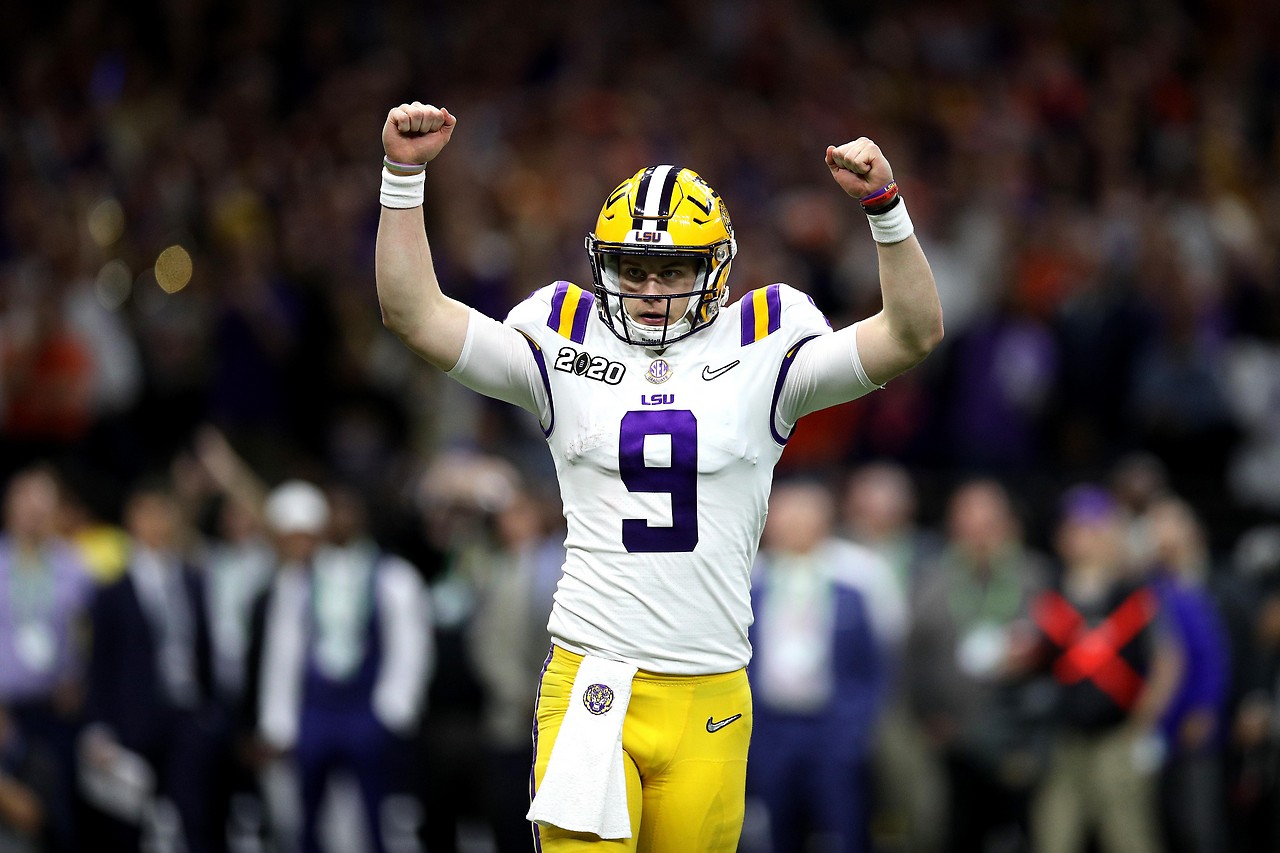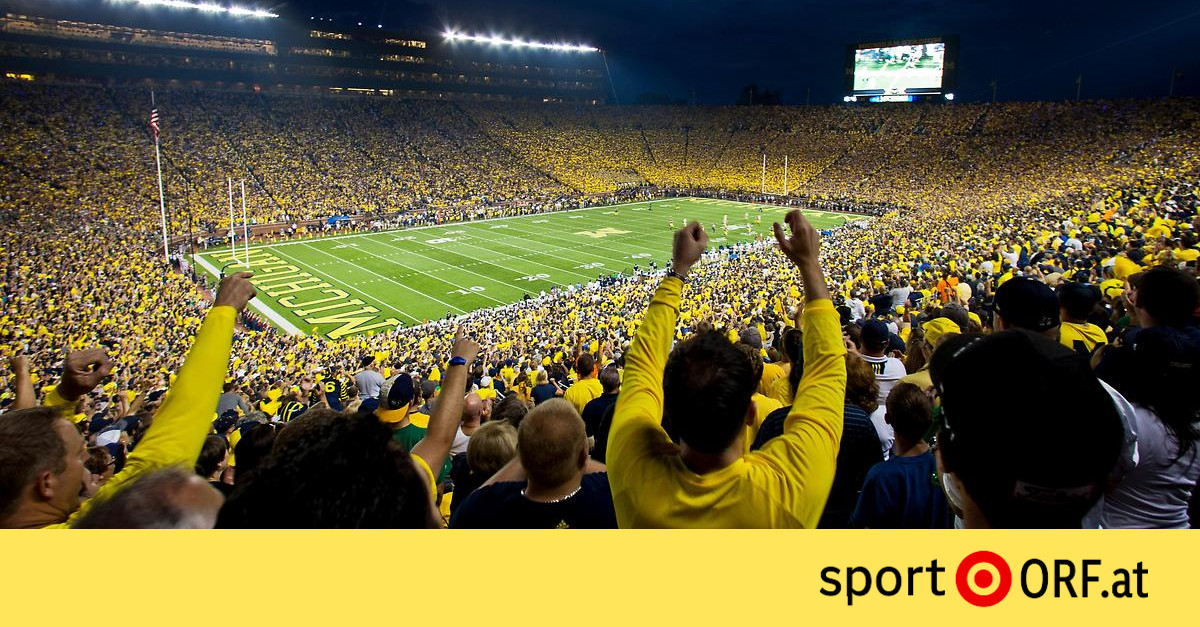While the NFL has only just finished its 100th season, the country’s universities have already fought their duels 150 years ago with the “Eierlaberl”. The importance is still enormous, the arenas are among the largest in the world, sometimes even over 100,000 spectators attend the games live. Among them are the well-known brass bands, which always attract non-sports-loving people.
Football is part of the weekend in the fall months: it’s high school games on Friday, Sunday is reserved for the NFL, and Saturday is reserved for university teams. There are also family reasons, because graduates are connected to their faculty for a lifetime and indulge in the hustle and bustle of a “College Gameday”. While NFL teams move, a university stays in place. A business model has also developed from this, and teams from the south seem to particularly benefit from it.
Not just positive development
Football developed from soccer and rugby well before the turn of the century around 1900. The first college football game was the 1869 duel between Rutgers and Princeton, which had little to do with today’s football. In this regard, Walter Camp finally assumed a special position, since he was also considered the inventor of American football. He introduced new rules at Yale University, partly because, according to legend, he didn’t like those in rugby. Camp not only ensured that the basis for the game known today was created, but also launched the All-American team, the All-Star team in college football. This is still a guest of the US President every year.
Yale is still part of the “Ivy League”, which includes the most renowned universities on the east coast, such as Harvard and Princeton. Today they play no role in terms of sporting importance, in the early years they were a popular venue with 30,000 spectators. However, the development did not always take its positive course. So even US President Theodore Roosevelt once intervened after there were serious injuries and deaths. Rule changes made things better, but health is still a big issue not only at colleges.
Divisions, Conferences, Bowls, Championships
While the structure of the NFL is reatively easy to understand – 32 teams will play in two conferences and eight divisions for 14 play-off places in the future – that in college football is historically complex. The large number of universities in the USA ensures that there are a total of four performance levels. In Division I-A, the upper house, there are over 120 teams, which are divided into eleven conferences. At the end of the season there are numerous “bowl games”, to which guests are also invited.
The national champions determined by play-offs have only been available in college football since the 2014/15 season, before which the best teams were identified by surveys. Of course, this always caused criticism, especially since the teams had played against teams of different strengths and this resulted in their balance sheets. This season, however, couldn’t have been a clearer winner, as quarterback Joe Burrow’s LSU Tigers, who is the first pick in the NFL draft, triumphed in all of the 15 games they played in.

Between phenomenon and religion
The Louisiana Tigers have one of the largest arenas in the world. The top ten stadiums have no fewer than eight from U.S. college teams, most notably the Michigan Stadium of the Wolverines, where the college football attendance record was set in 2013. The 41:30 home win against Notre Dame was attended by no fewer than 115,109 spectators. But not only that contributes to the phenomenon of college football, also the whole all around and of course rivalries that have matured historically.
Especially in the south there are enough duels that are not only highly emotional by the players. Alabama vs. Auburn, Mississippi vs. Ole Miss, or Texas vs. Oklahoma. In general, college football in the south has a very special meaning. “Football is a religion in the south, and Saturday is holy day,” said coach legend Marino Casem. The South is also home to many of the largest college programs, including Alabama. It was the long-time and legendary head coach Paul “Bear” Bryant, who in the 1970s was one of the first coaches in the southern states to rely on African-American players and was thus a pioneer.
Millions are being made
Last but not least, college football has also become very big business. The National Collegiate Athletic Association (NCAA), which acts as the organizer, is itself a non-profit organization, but the teams generate millions of dollars in revenue a year. While their stars, as students or amateurs, are not allowed to receive salaries, their universities collect large sums of money, mainly thanks to valuable TV contracts and ticket receipts – or because financially strong graduates also make generous donations to their school.
The 25 most valuable college programs totaled $ 2.7 billion in 2019, according to Forbes. Again, the SEC is at the forefront: Texas A&M (1st), Alabama (4th), Georgia (7th), Florida (9th) and Auburn (10th) are among the top ten. With an average profit of $ 94 million, Texas A&M is ahead. Which in turn also shows that there is still time until the start of the season in August, but as far as the coronavirus pandemic is concerned, a lot is at stake not only for the NFL – also in college football.
–


